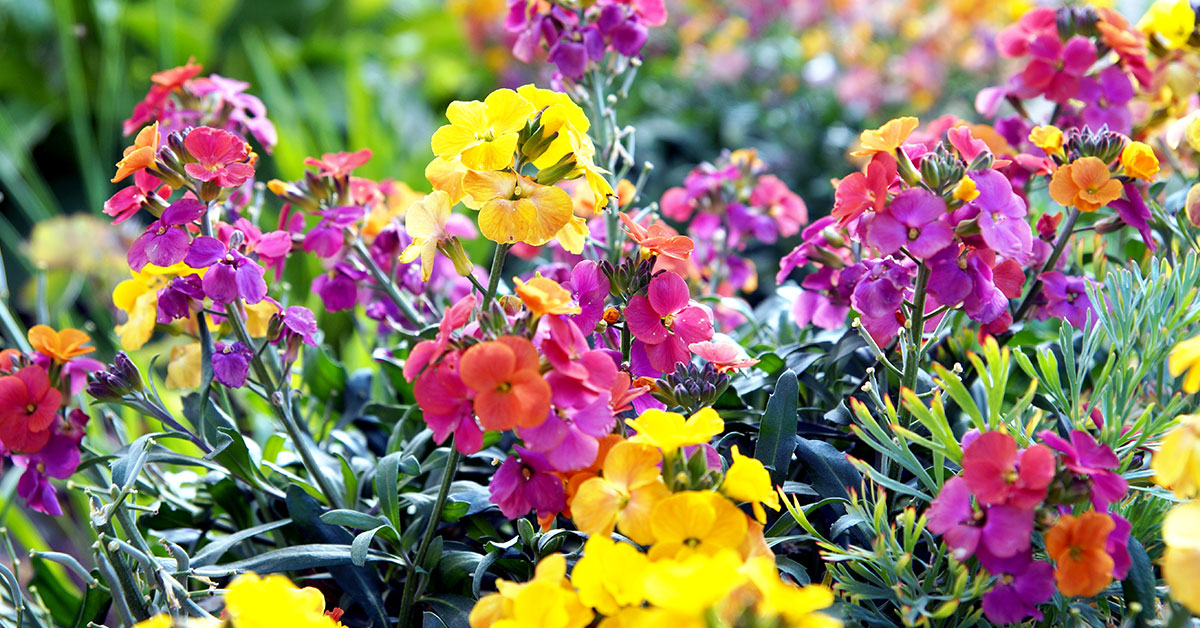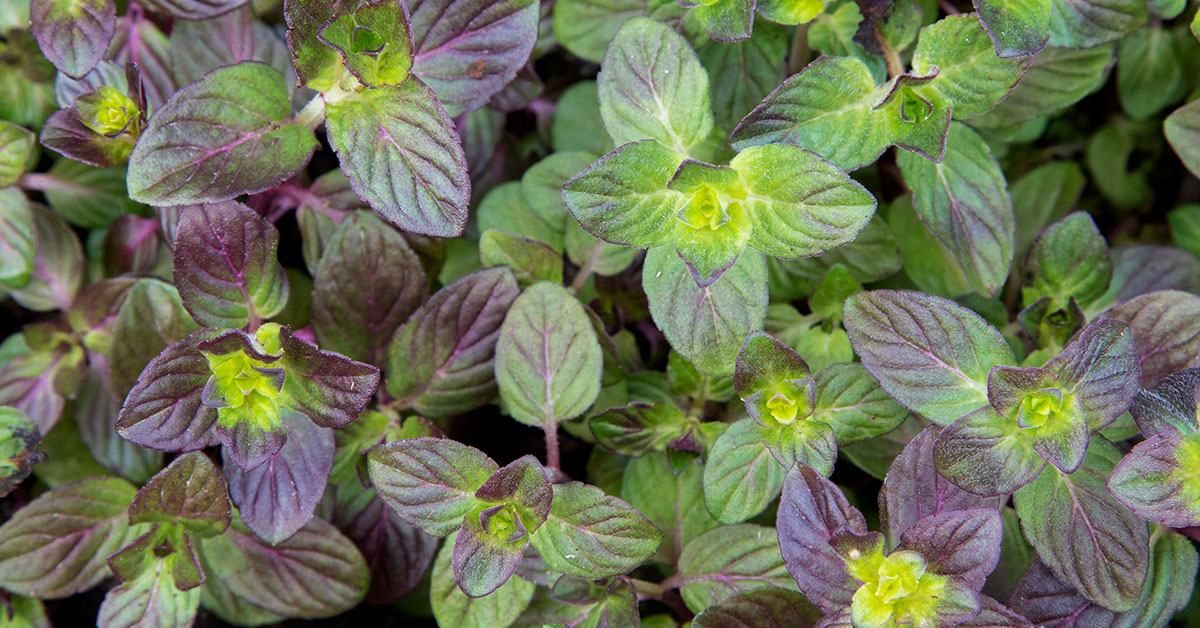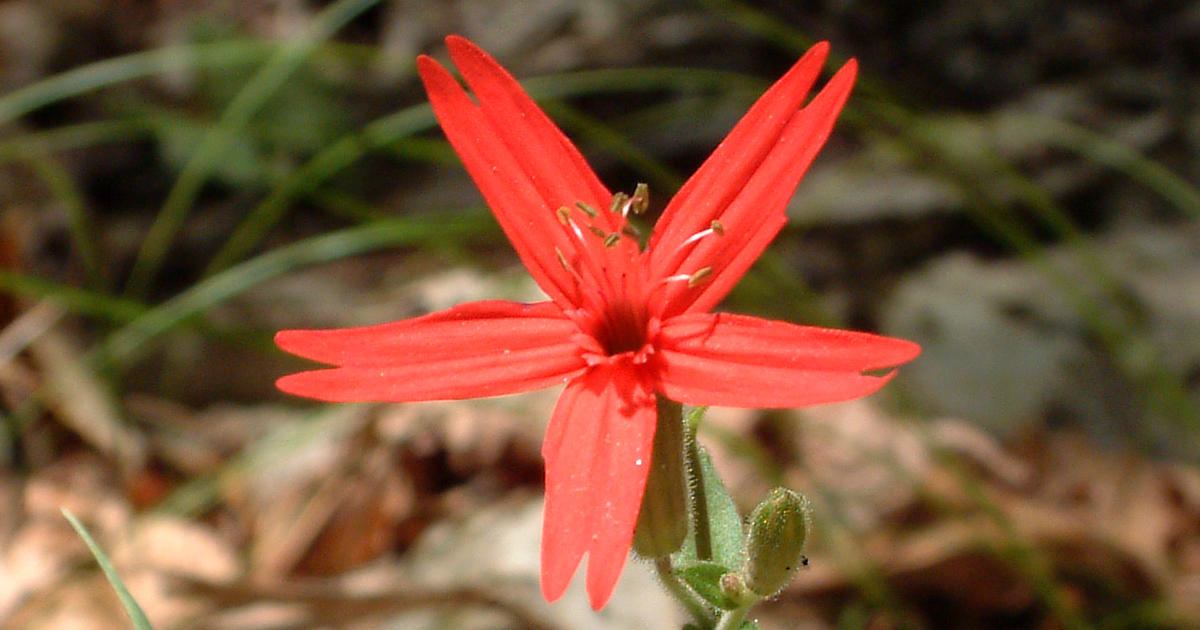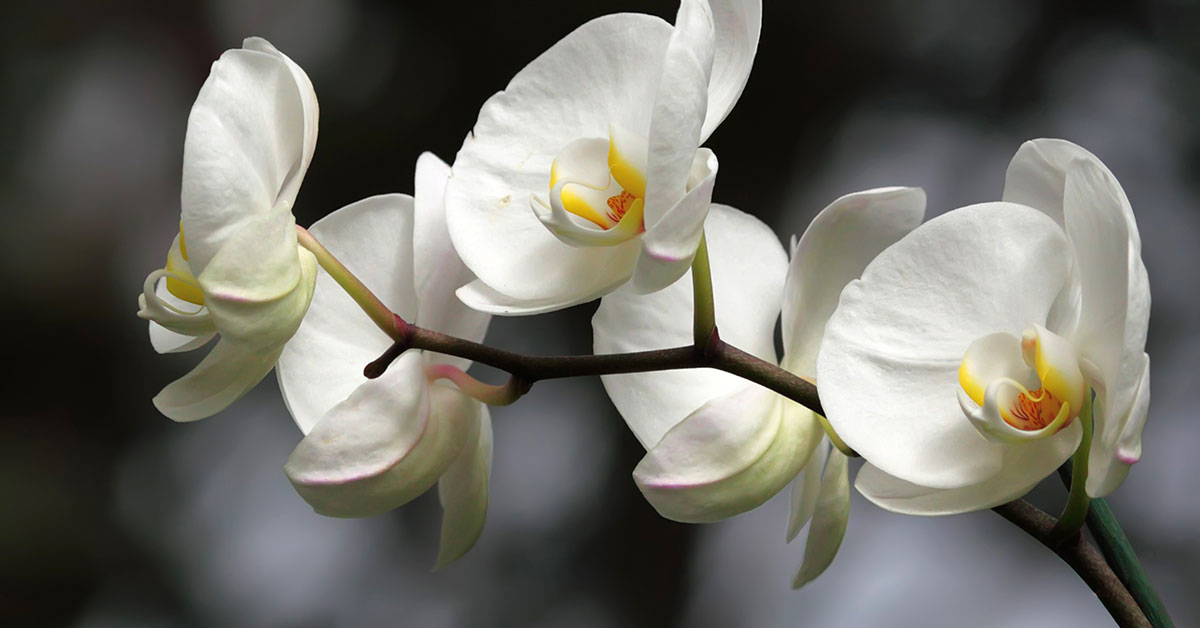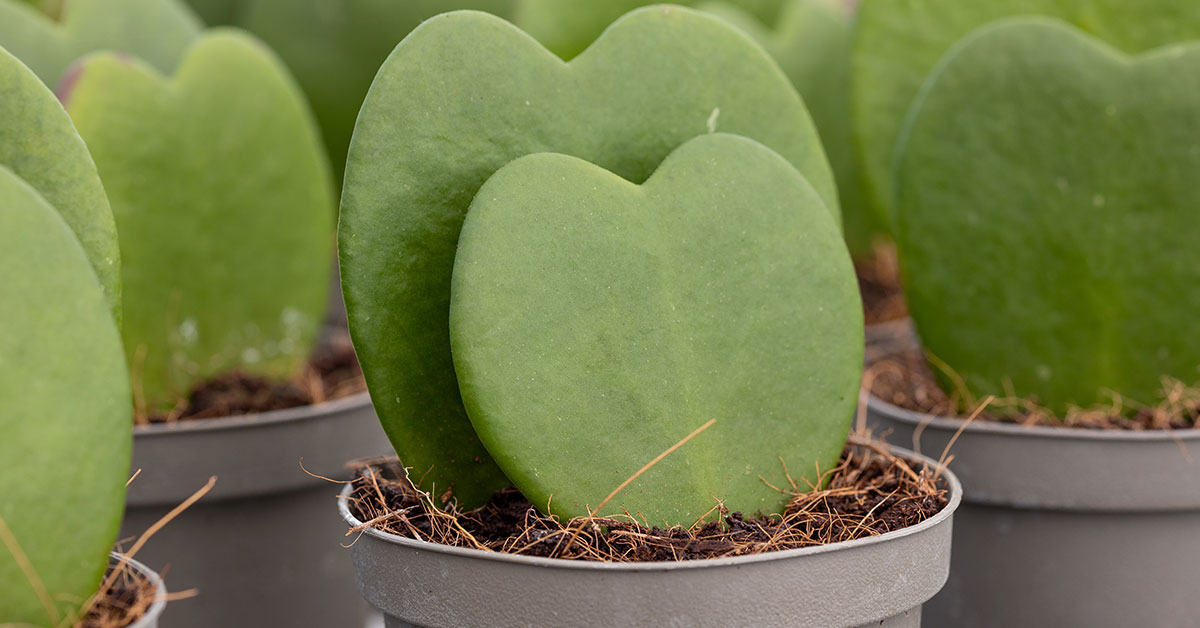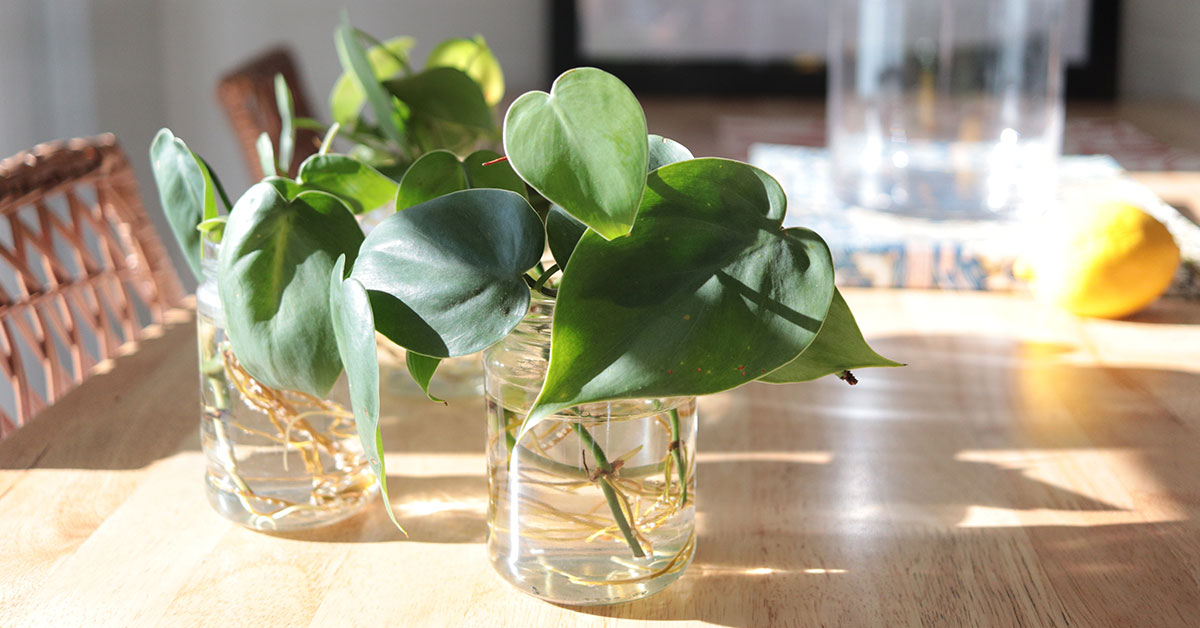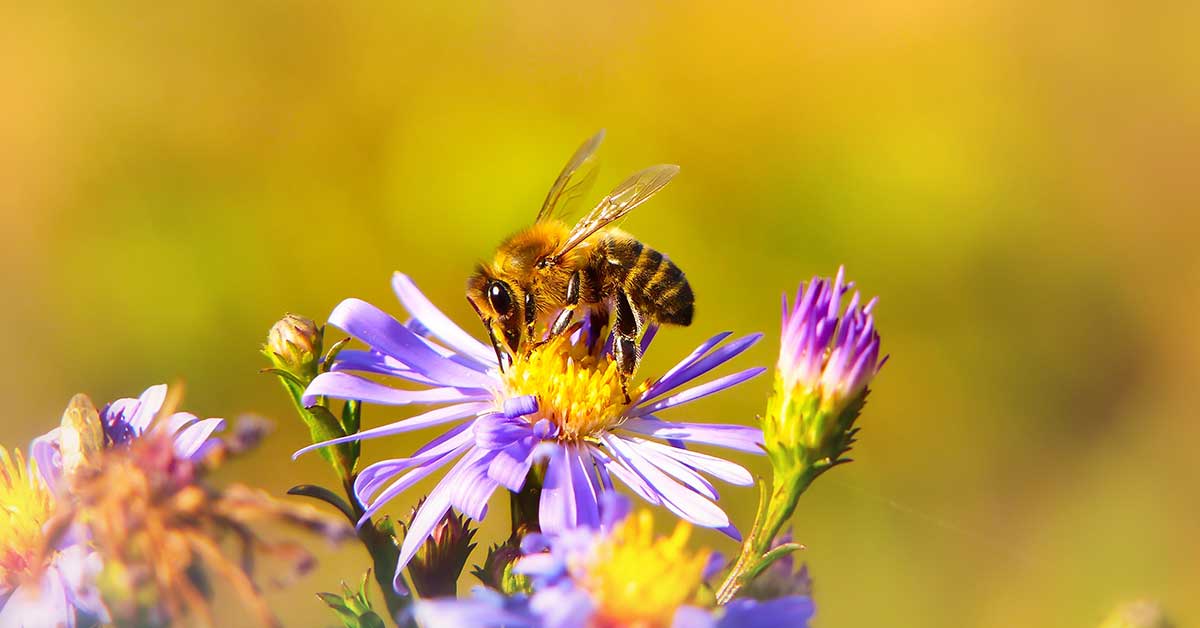One of the greatest joys of gardening is seeing a vibrant display of flowers that lasts all summer long. Achieving continuous blooms requires a bit of planning and care, but the results are well worth the effort. Whether you’re a seasoned gardener or just starting out, there are several strategies you can use to keep your flowers looking their best throughout the hottest months.
In this article, I’ll share my favorite tips for ensuring a garden full of beautiful, blooming flowers all summer. From choosing the right plants to providing proper care, these techniques will help you create a stunning garden that brings joy and color to your outdoor space.
Choose the Right Flowers

Selecting the right flowers is crucial for a summer-long display. Look for varieties known for their long blooming periods, such as petunias, geraniums, and marigolds. These flowers are bred to bloom continuously and can withstand the heat and sunshine of summer. Mixing in perennials like coneflowers and daylilies can also ensure a steady show of color, as these plants often rebloom throughout the season.
One of my favorite flowers for nonstop summer blooms is the zinnia. Zinnias are incredibly hardy and come in a wide range of vibrant colors. They thrive in full sun and are relatively low-maintenance. Another excellent choice is the black-eyed Susan, which not only blooms profusely but also attracts pollinators like bees and butterflies, adding even more life to your garden.
Regular Deadheading
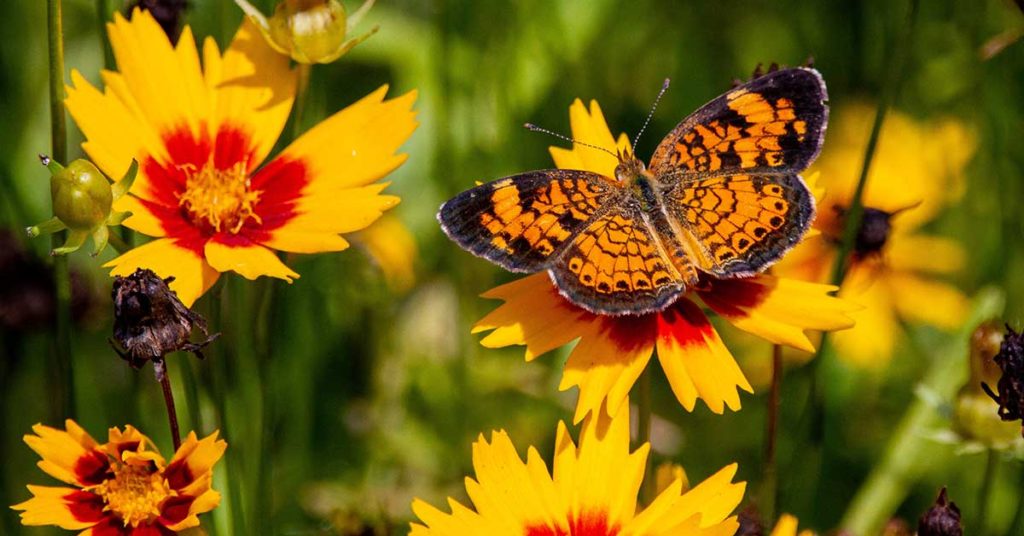
Deadheading, or removing spent flowers, is essential for encouraging new blooms. When you remove faded flowers, the plant directs its energy toward producing new buds rather than forming seeds. This simple task can significantly extend the blooming period of many annuals and perennials, keeping your garden looking fresh and vibrant.
I make it a habit to walk through my garden every few days with a pair of garden shears, snipping off any spent blooms. This not only keeps the garden tidy but also promotes more flowers. Plants like petunias and geraniums respond particularly well to deadheading, rewarding you with a continuous display of colorful flowers all summer long.
Fertilize Regularly
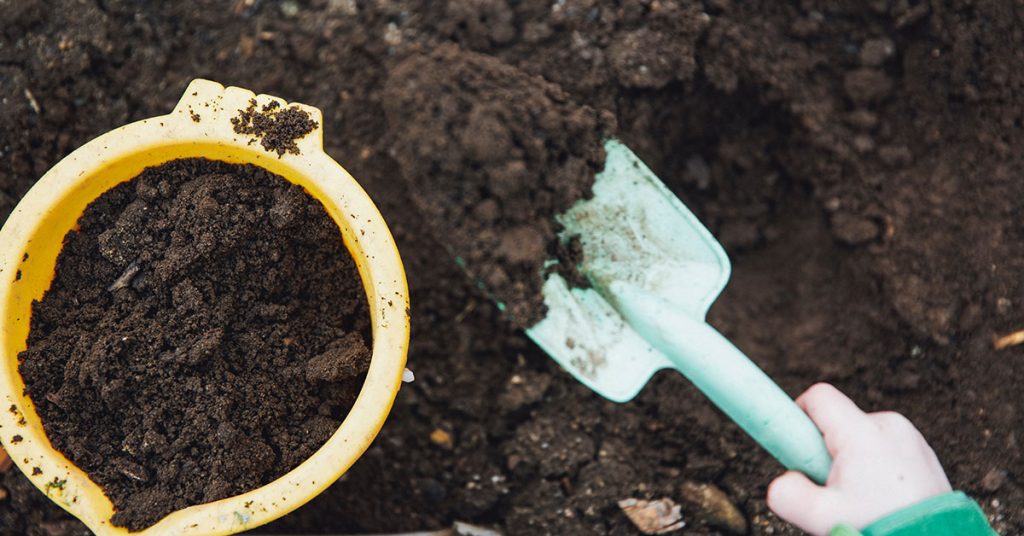
Feeding your flowers with the right nutrients is key to sustained blooming. Use a balanced, water-soluble fertilizer every few weeks to provide essential nutrients that support healthy growth and abundant flowers. Be sure to follow the recommended dosage on the fertilizer packaging to avoid overfeeding, which can damage plants.
One of my go-to fertilizers is a 10-10-10 blend, which provides an equal balance of nitrogen, phosphorus, and potassium. These nutrients are vital for different aspects of plant health, including root development, flowering, and overall vigor. For an extra boost, I sometimes use a bloom booster fertilizer with a higher phosphorus content to encourage more flowers.
Water Consistently

Consistent watering is critical, especially during the hot summer months. Most flowering plants need about an inch of water per week, either from rainfall or manual watering. Deep, infrequent watering is preferable to frequent, shallow watering, as it encourages deep root growth and helps plants withstand heat and drought.
I find that using a soaker hose or drip irrigation system works best for delivering water directly to the roots while minimizing evaporation. Mulching around your plants can also help retain moisture and keep the soil cool. Remember to water early in the morning or late in the evening to reduce water loss through evaporation and to avoid scorching the leaves.
Provide Adequate Sunlight

Most flowering plants need plenty of sunlight to thrive. Ensure your garden is situated in a location that receives at least six hours of direct sunlight each day. If some areas of your garden are too shady, consider planting shade-tolerant flowers like impatiens or begonias in those spots.
I always observe my garden throughout the day to understand how the sunlight moves and to make sure each plant gets the right amount of exposure. If you have potted plants, it’s easy to move them to sunnier locations as needed. Proper sunlight not only boosts blooming but also enhances the overall health and strength of your plants.
Control Pests and Diseases
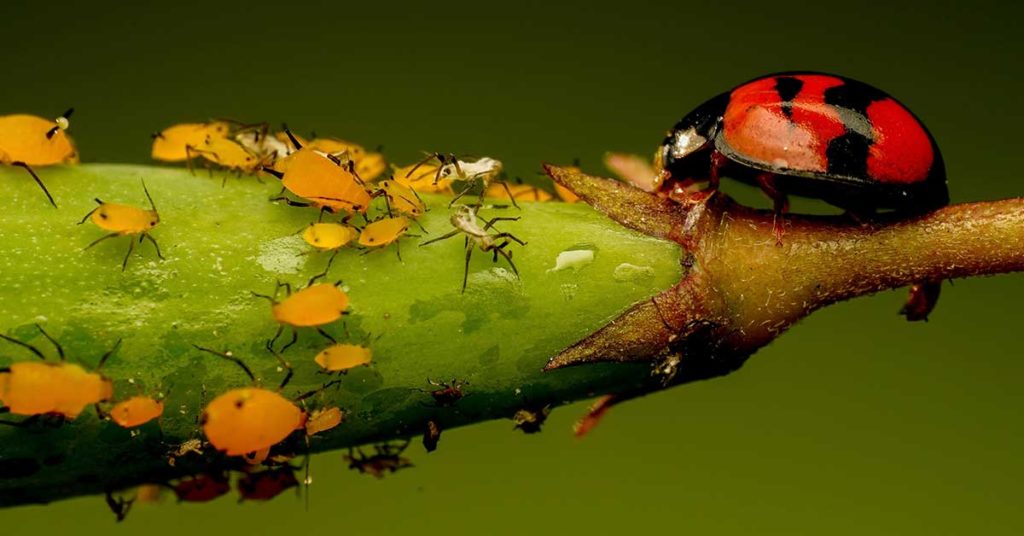
Pests and diseases can quickly ruin a blooming garden. Regularly inspect your plants for signs of trouble, such as discolored leaves, holes, or visible insects. Early detection and treatment are crucial to preventing widespread damage. Use organic or chemical treatments as needed, and remove any affected plant parts to stop the spread of disease.
I’ve found that neem oil is an effective and natural way to combat many common garden pests. It’s safe for most plants and can help keep your flowers healthy. Additionally, planting pest-resistant varieties and encouraging beneficial insects like ladybugs can help maintain a balanced ecosystem in your garden, reducing the need for interventions.
Mulch Your Garden Beds

Mulching is a fantastic way to keep your garden healthy and your flowers blooming. A good layer of mulch helps retain soil moisture, regulate soil temperature, and suppress weeds. Organic mulches like shredded bark, compost, or straw also add nutrients to the soil as they decompose, further benefiting your plants.
I love the look of a freshly mulched garden bed! It not only keeps the garden looking neat and tidy but also creates a healthy environment for the plants. Just be sure to keep the mulch a few inches away from the plant stems to prevent rot and pests. Mulching in late spring or early summer sets your garden up for success through the hottest months.
Prune and Pinch Back
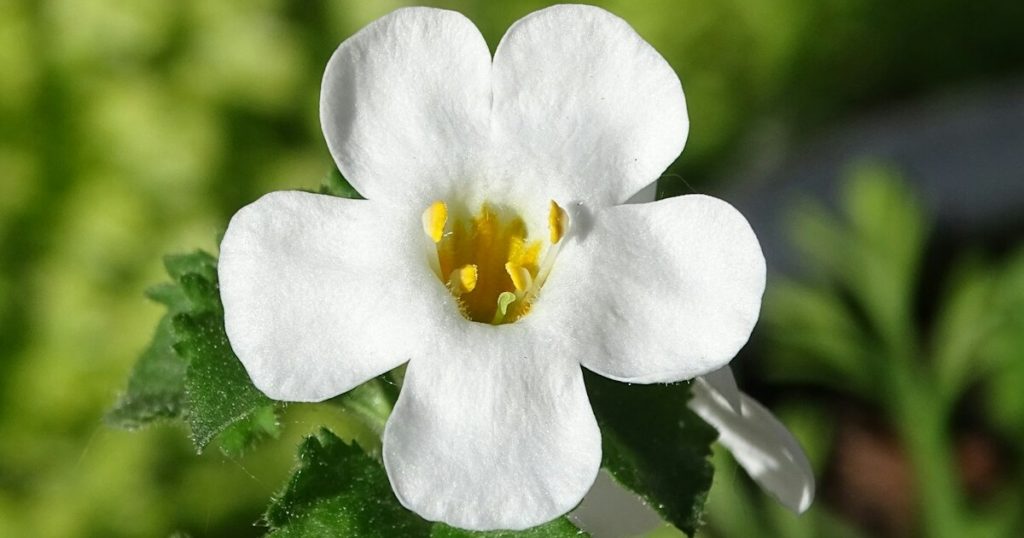
Pruning and pinching back your plants can promote bushier growth and more blooms. Remove any dead or diseased stems, and trim back overgrown plants to encourage new growth. Pinching back the tips of young plants can also stimulate more branching, leading to a fuller, more flower-filled plant.
I always keep a pair of sharp pruners handy in the garden for quick touch-ups. Regular pruning not only helps maintain the shape and size of your plants but also prevents them from becoming leggy and less productive. Plants like petunias and coleus respond particularly well to pinching, rewarding you with lush, vibrant growth.
Choose Continuous Bloomers
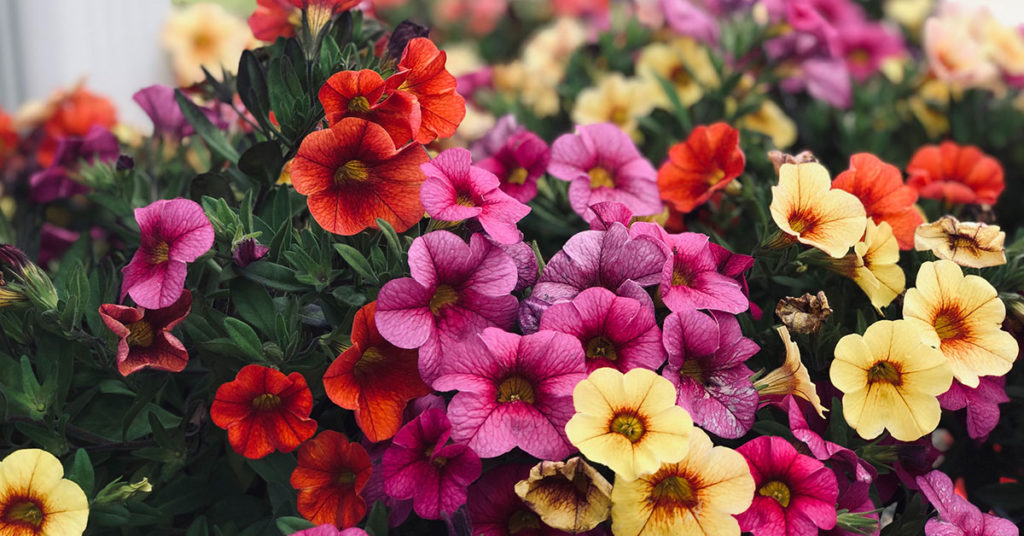
Selecting flowers that are bred to bloom continuously is a smart way to ensure a long-lasting display. Varieties like wave petunias, calibrachoas, and certain hybrid roses are designed to produce flowers from spring through fall without needing much encouragement.
One of my favorite continuous bloomers is the supertunia, a type of petunia that requires minimal deadheading and blooms profusely all season long. Another excellent choice is the knockout rose, which is disease-resistant and offers repeat blooms throughout the summer. These plants take some of the guesswork out of gardening, providing reliable and stunning color.
Use Companion Planting
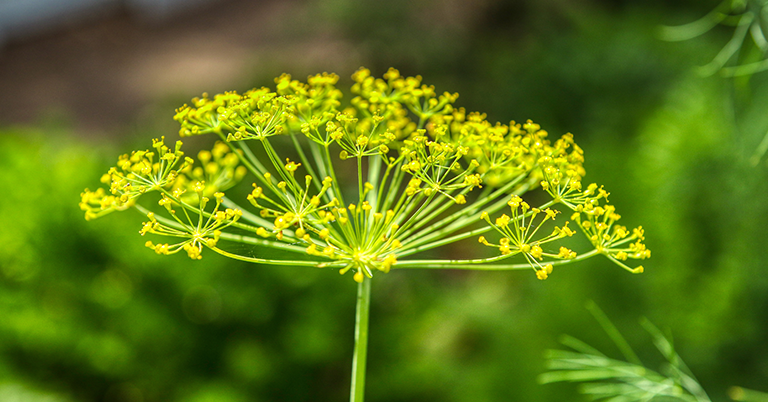
Companion planting can help create a healthier garden environment, promoting more blooms. Pairing certain plants together can enhance growth, deter pests, and improve soil health. For example, marigolds can repel harmful insects, while beans can fix nitrogen in the soil, benefiting surrounding plants.
I love experimenting with companion planting in my garden. It’s amazing to see how different plants can support each other. For instance, planting basil near tomatoes not only improves the flavor of the tomatoes but also helps repel pests. Incorporating companion planting strategies can lead to a more balanced and thriving garden.
Keeping your flowers blooming all summer long is achievable with the right strategies. By choosing the right plants, providing proper care, and incorporating techniques like deadheading, fertilizing, and companion planting, you can enjoy a garden full of vibrant flowers throughout the season.
